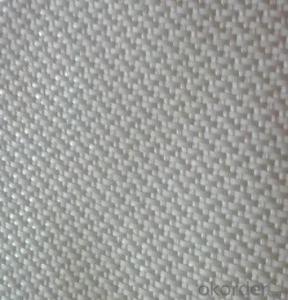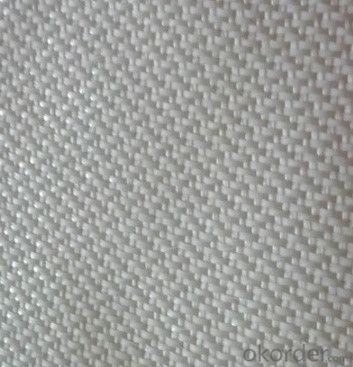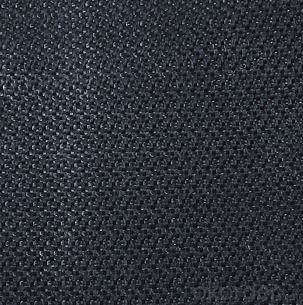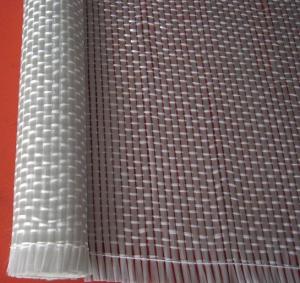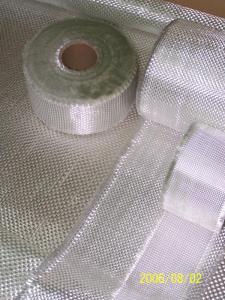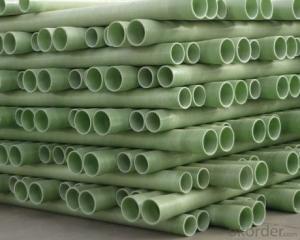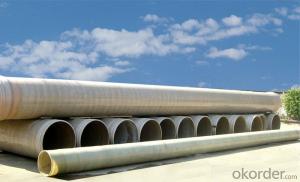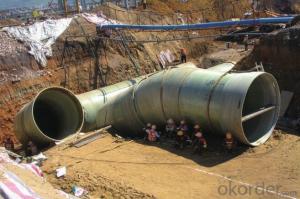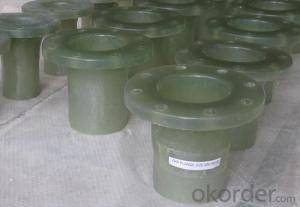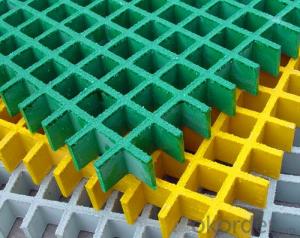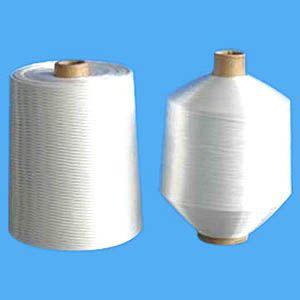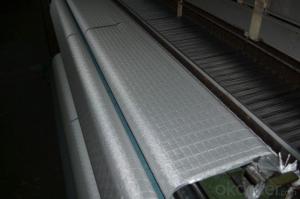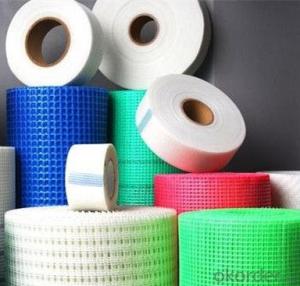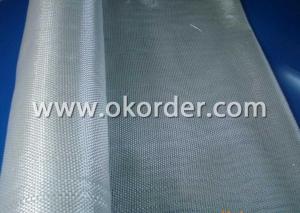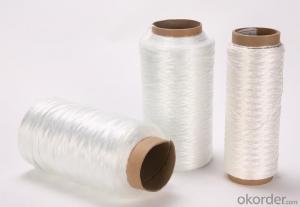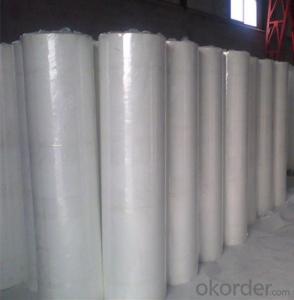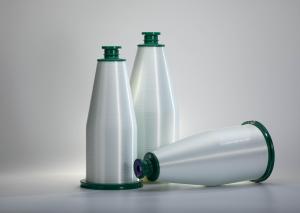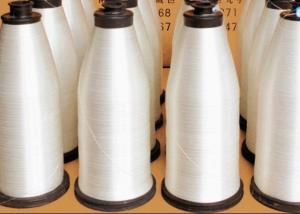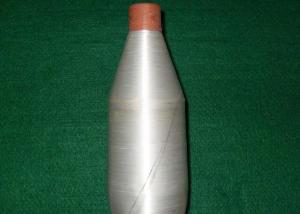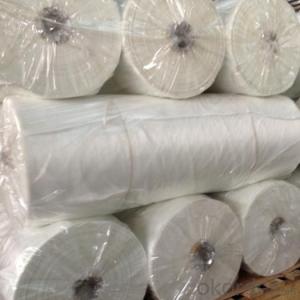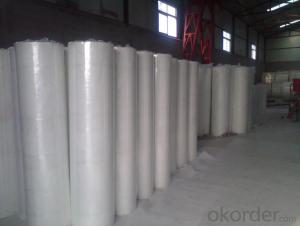High Strength Top Quality Fiberglass Yarn Fabric
- Loading Port:
- Shanghai
- Payment Terms:
- TT OR LC
- Min Order Qty:
- 500 m²
- Supply Capability:
- 50000 m²/month
OKorder Service Pledge
OKorder Financial Service
You Might Also Like
Fiberglass Fabric of High Strength Top Quality
Fiberglass Fabric Introduction:
Fiberglass fabric is weaved by high quality fiberglass,as a kind of engineering material,which is
many excellent characteristics:
flame-resisting,corrosion resistant,high strength,heat resistance.stable structure,good chemical resistance,durability.
Fiberglass Fabric Features:
Warp and weft yarns are parallel arrangement as flat situation, with uniform tension;
Fiber is aligned with large consistency, stable and easy operation;
Good moldability, fast and complete wet out in resins, resulting in high productivity;
Good transparency and high strength of composite products.
Fiberglass Fabric Specification:
mark | Fiber consistency(ends/ cm) |
Area weight (g/ m2) |
Thick-ness (mm) |
Width (cm) |
Length (mm) | Breaking strength(N)≥ |
weave | |||
Warp direction | Weft direction | Warp direction | Weft direction | |||||||
EW200 | 16 | 12 | 200±20 | 0.2 | 90-130 | 300-1200 | 980 | 980 | ||
EW210 | 16 | 12 | 200±20 | 0.21 | 90-130 | 300-1200 | 1080 | 1080 | Twill weave | |
Plain weave | ||||||||||
EWR360 | 3.2 | 1.8 | 354±18 | 0.35 | 50-300 | 100 | 2000 | 2000 | ||
EW280 | 16 | 10 | 280±28 | 0.26 | 90-130 | 300-1200 | 1800 | 1800 | ||
EW300 | 14 | 10 | 320±32 | 0.3 | 90-130 | 300-1200 | 1500 | 1500 | ||
EW430 | 20 | 12 | 420±42 | 0.43 | 90-130 | 300-1200 | 2000 | 2000 | Broken twill | |
EWR136 | 10 | 10 | 136±13 | 0.136 | 100 | 200 | 850 | 850 |
Plain weave | |
EWR200 | 8 | 7 | 200±20 | 0.21 | 100 | 200 | 1200 | 1200 | ||
EWR400 | 3.6 | 3.2 | 400±30 | 0.4 | 100 | 50-100 | 2500 | 2500 | ||
EWR600 | 2.6 | 2.5 | 600±50 | 0.6 | 100 | 40KG | 4000 | 4000 | ||
EWR580 | 2.5 | 2.3 | 576±29 | 0.58 | 100 | 40KG | 3850 | 3850 | ||
EWR800 | 1.8 | 1.8 | 800±60 | 0.8 | 100 | 40KG | 4600 | 4600 | ||
Product Show
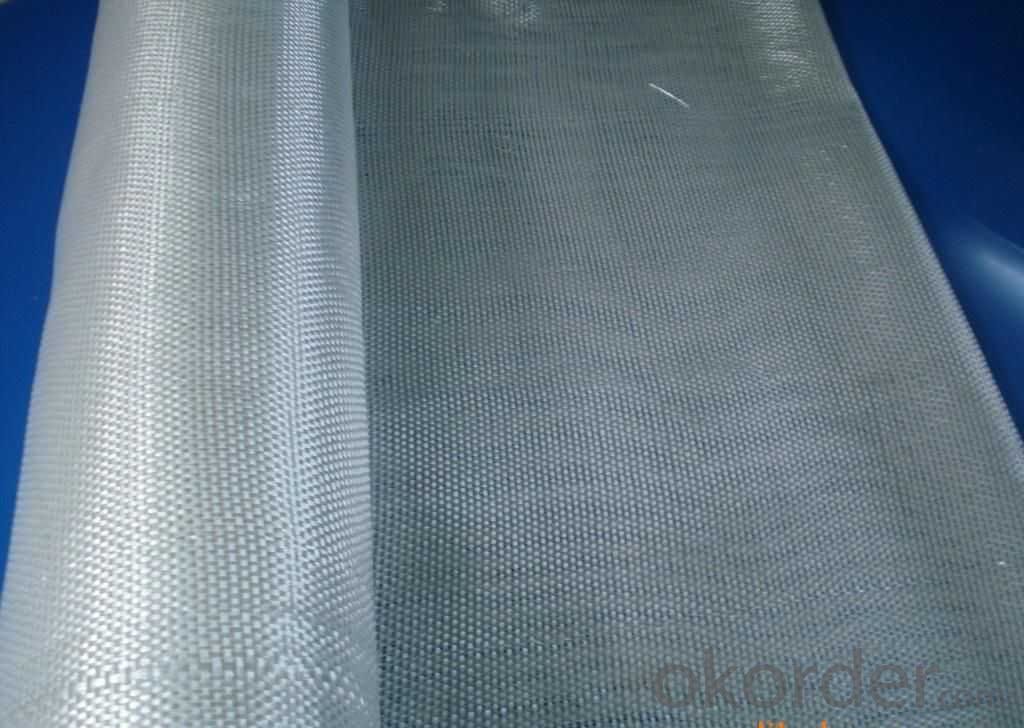
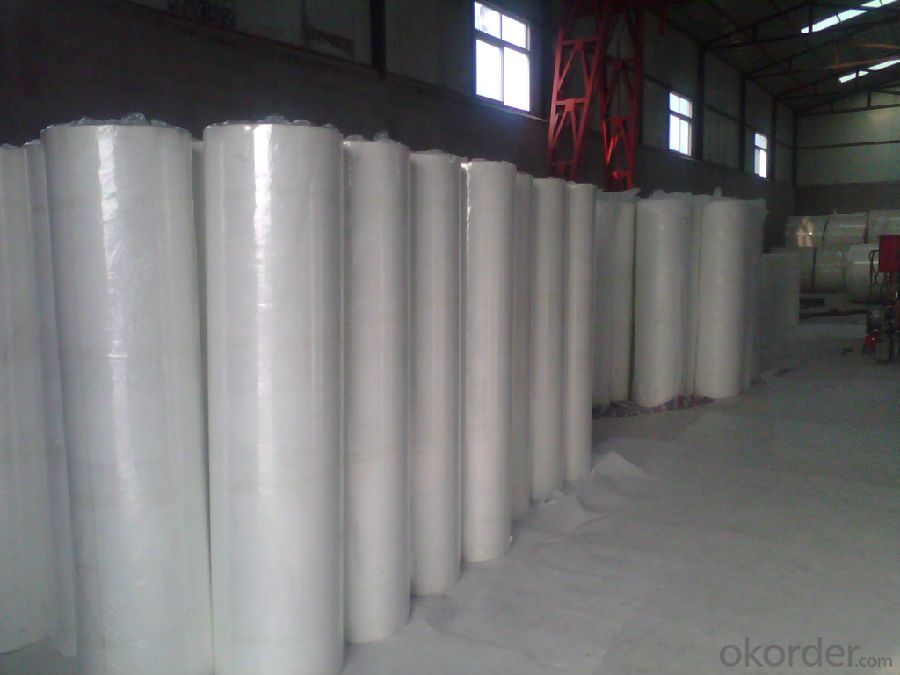
Fiberglass Fabric Usage:
E-glass woven roving is a schistose double faces reinforcement fabric that is weaved into from roving in directly.
E-glass fiber fabric (thin fabrics with thickness from 0.025 to 0.09mm) is suitable for electrical isolation mica product, wax cloth as the reinforcement materials.
E-glass woven roving applys to all kinds of polyester reinforcement system, (such as unsaturated polyester resin, vinylite,epoxy resin and phenolic resin.
E-glass woven roving is a high performance reinforcement material. It is widely used in hand lay-up and machinery processing products, (such as vessel, container, airplane and vehicle component, furniture, athletic facilities and other industry.
FAQ
1.Package of Fiberglass Fabric?
Fiberglass fabric is wound on a paper tube with inner diameters of 50. 8, 76 or 152mm. Each roll is wrapped in a plastic bag, then to be packed in a carton box. The rolls are to be horizontally placed.
Width (cm): 90, 100, 127
Length (m): 100, 200, 300, 400
2.Storage of Fiberglass Fabric?
Store rolls in a cool, dry location
Protect rolls from weather and other damage.
3.If sample available if needed?
We aim to offer our customer best Products&Service,samples are allowed if necessary.
- Q: Can fiberglass yarn be used in electrical connectors?
- Yes, fiberglass yarn can be used in electrical connectors. It is commonly used as an insulating material in electrical applications due to its high electrical resistance and thermal stability.
- Q: Can fiberglass yarn be used in construction applications?
- Construction applications can indeed utilize fiberglass yarn. This material, known for its robustness and endurance, exhibits resistance to corrosion, chemicals, and extreme temperatures. Its common usage in construction involves reinforcing concrete and other building materials. Fiberglass yarn can be woven into fabrics or mats, which serve to strengthen walls, floors, roofs, and other structural components. By doing so, it fortifies the construction, rendering it more resistant to cracks, fractures, and other types of damage. Furthermore, fiberglass yarn boasts a lightweight nature and ease of handling, making it highly convenient for construction projects. In summary, fiberglass yarn qualifies as a versatile substance capable of significantly augmenting the potency and longevity of construction applications.
- Q: Can fiberglass yarn be used for insulation purposes?
- Yes, fiberglass yarn can be used for insulation purposes. It is commonly used as a thermal insulator due to its low thermal conductivity and ability to trap air, making it an effective material for insulating buildings, pipes, and appliances.
- Q: Can fiberglass yarn be used in marine applications?
- Yes, fiberglass yarn can be used in marine applications. It is commonly used in boat building and repair due to its strength, durability, and resistance to moisture and corrosion. It is used in various marine components such as hulls, decks, and bulkheads to provide reinforcement and enhance the structural integrity of the vessel.
- Q: How does the moisture resistance of fiberglass yarn compare to other materials?
- The moisture resistance of fiberglass yarn is generally considered to be excellent when compared to other materials. Fiberglass is inherently water-resistant and does not absorb moisture easily. This characteristic makes it suitable for various applications where exposure to moisture or humidity is a concern. Unlike natural fibers such as cotton or wool, which tend to absorb water and become weakened, fiberglass yarn remains strong and durable even in wet conditions. Additionally, fiberglass yarn does not promote the growth of mold or mildew, making it an ideal choice for areas with high moisture levels. Overall, the moisture resistance of fiberglass yarn is superior to many other materials commonly used in textiles and other industries.
- Q: Can fiberglass yarn be used for making scarves?
- Yes, fiberglass yarn can be used for making scarves. However, it is not a commonly used material for scarves as it may not provide the desired comfort and warmth compared to traditional yarns like wool or acrylic. Additionally, fiberglass yarn can be irritating to the skin and may cause discomfort if not handled properly.
- Q: Can fiberglass yarn be used for making handbags?
- Handbags can indeed be made using fiberglass yarn. This type of yarn is renowned for its robustness and longevity, thus making it an excellent choice for handbags that necessitate a strong framework. Moreover, its velvety texture can bestow a refined and sophisticated look upon the handbag. Furthermore, fiberglass yarn boasts resistance against heat, chemicals, and moisture, thereby rendering it suitable for diverse environmental circumstances. Nonetheless, it is crucial to exercise care when handling fiberglass yarn due to the potential for skin irritation and the challenges posed by its stiffness during the crafting process.
- Q: Is fiberglass yarn resistant to electricity?
- Indeed, electricity is resisted by fiberglass yarn. Being an outstanding insulator, fiberglass does not conduct electricity. It finds extensive use in electrical applications necessitating insulation, like the production of electrical cables, wiring, and circuit boards. The non-conductive nature of fiberglass yarn aids in averting the passage of electrical current through the material, thereby diminishing the likelihood of electrical shock or short circuits. Moreover, fiberglass yarn exhibits resistance towards heat and chemicals, rendering it a versatile and long-lasting material suitable for a range of electrical and industrial purposes.
- Q: What are the common colors available for fiberglass yarn?
- The common colors available for fiberglass yarn include white, black, gray, and various shades of blue, green, yellow, and red. These colors are achieved by adding pigments or dyes to the yarn during the manufacturing process. However, it is important to note that the availability of specific colors may vary depending on the manufacturer and the intended application of the fiberglass yarn.
- Q: How does fiberglass yarn affect the flexibility of a product?
- The flexibility of a product can be altered depending on the utilization of fiberglass yarn. Fiberglass itself is a sturdy and inflexible material, but when transformed into yarn, it becomes more adaptable and pliable. When incorporated into the manufacturing process, fiberglass yarn can offer reinforcement and structural strength, while allowing for a certain amount of flexibility. The quantity and compactness of fiberglass yarn employed can significantly impact the flexibility of a product. Increasing the amount of fiberglass yarn can enhance rigidity and decrease overall flexibility. Conversely, using a lower density of fiberglass yarn or combining it with other materials can help maintain or even improve the product's flexibility. Furthermore, the manner in which fiberglass yarn is woven or knitted together can also influence product flexibility. Different weaving or knitting techniques can produce varying degrees of flexibility, enabling the creation of customized products with specific flexibility requirements. In conclusion, fiberglass yarn can affect the flexibility of a product by providing reinforcement and structural strength. The amount, density, and weaving or knitting technique utilized all play a role in determining the level of flexibility achieved. By carefully considering these factors, manufacturers can ensure that the final product meets the desired level of flexibility while still benefiting from the strength and durability that fiberglass yarn offers.
Send your message to us
High Strength Top Quality Fiberglass Yarn Fabric
- Loading Port:
- Shanghai
- Payment Terms:
- TT OR LC
- Min Order Qty:
- 500 m²
- Supply Capability:
- 50000 m²/month
OKorder Service Pledge
OKorder Financial Service
Similar products
Hot products
Hot Searches
